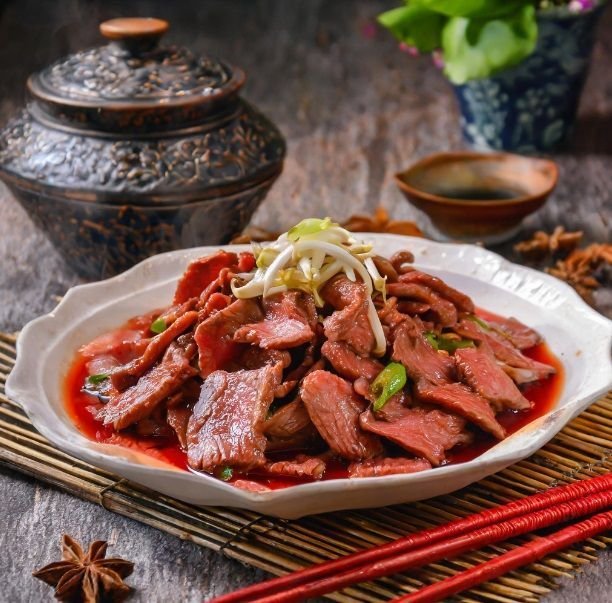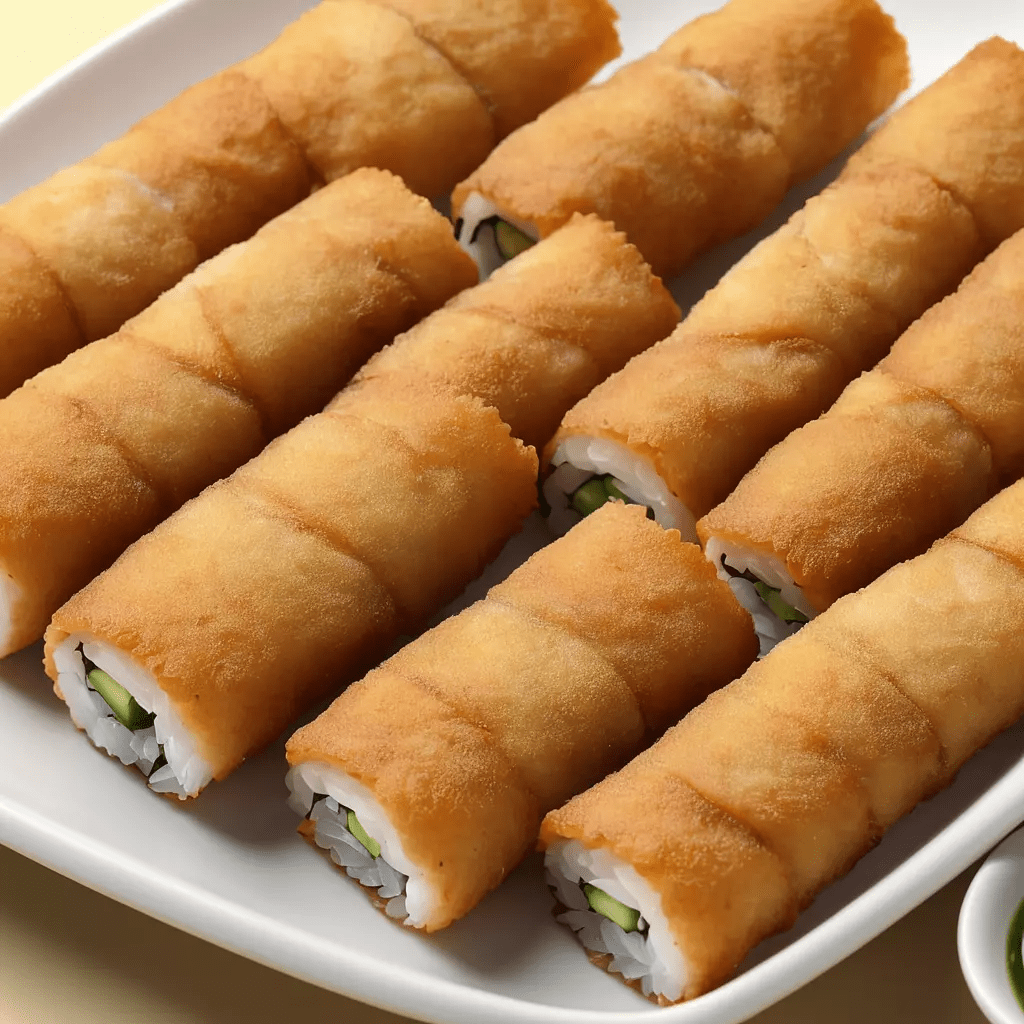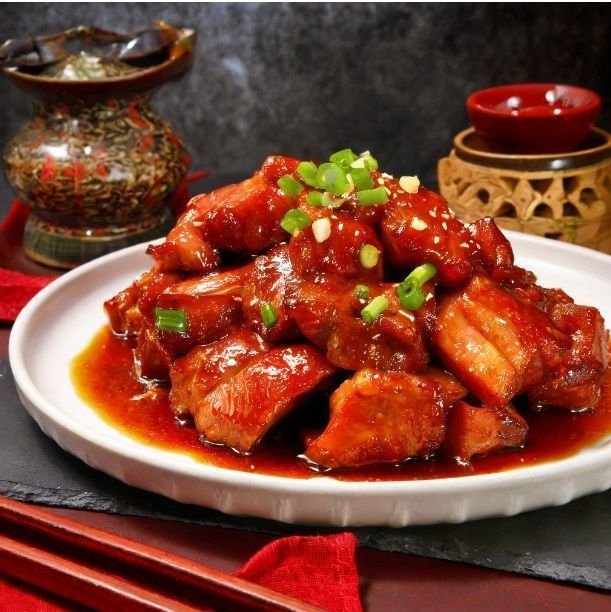Nanking salt duck
Nanking salt duck
Chinese recipes.
Nanking Salt Duck: A Culinary Masterpiece from East China
The East of China, a region renowned for its diverse culinary traditions, is home to a remarkable dish known as Nanking Salt Duck. This culinary masterpiece combines the richness of duck meat with a tantalizing blend of flavors, creating a savory experience that has delighted palates for generations. In this article, we delve into the history, preparation, and cultural significance of this dish.
I. The Origins of Nanking Salt Duck: A Glimpse into History
Also known as Nanjing Yan Su Ya (南京盐水鸭), originates from Nanjing, the capital city of Jiangsu Province in the East of China. With a history that can be traced back to the Ming Dynasty (1368-1644), this dish has evolved over centuries and continues to be a culinary treasure of the region. The name is derived from the traditional method of preserving duck meat with saltwater brine.
II. Ingredients and Preparation: The Art of Nanking Salt Duck
Nanking Salt Duck is characterized by its exquisite balance of flavors, tender meat, and a beautiful reddish-brown hue. The preparation of this dish is a testament to the precision and artistry of Chinese culinary traditions.
Ingredients:
- Whole duck, cleaned and with the head and feet removed
- Salt
- Water
- Shaoxing wine (Chinese rice wine)
- Soy sauce
- Sugar
- Spices (commonly included are cinnamon, star anise, and bay leaves)
- Sichuan peppercorns (optional for a hint of numbing spice)
- Fresh ginger
- Scallions
- Cooking oil
Preparation:
- Brining the Duck: The duck is soaked in a brine made from water, salt, and Shaoxing wine. The brine is infused with spices, giving the duck its distinctive flavor. The duck is left to soak in this brine for a period that can vary from a few hours to several days, depending on the desired level of saltiness.
- Air Drying: After brining, the duck is hung or placed in a well-ventilated area to air dry. This step is essential for achieving the desired texture and flavor. The duck is often left to dry for a few days to allow the skin to tighten and the flavors to meld.
- Flavorful Marinade: Once the duck is air-dried, it is marinated in a mixture of soy sauce, sugar, Shaoxing wine, fresh ginger, and scallions. This step further enhances the duck’s flavor.
- Cooking: The duck is either roasted or braised. Roasting results in a crispy skin, while braising imparts a succulent, tender texture. The choice of cooking method can vary, depending on regional preferences and individual chefs.

III. Cultural Significance: The Essence of Nanjing
Nanking Salt Duck is not just a dish; it is a reflection of the rich cultural heritage of Nanjing and East China. It is often associated with celebrations and family gatherings, where the dish takes center stage on festive occasions. The tradition of enjoying Nanking Salt Duck exemplifies the importance of harmony, balance, and unity in Chinese culture, values that are deeply ingrained in the region’s culinary traditions.
IV. Regional Variations: The Flavors of East China
While Nanking Salt Duck is most famously associated with Nanjing, variations of the dish can be found throughout East China. In neighboring regions like Zhejiang and Shanghai, similar preparations are made, each with its unique blend of flavors and regional spices. These regional adaptations showcase the diversity and creativity of East China’s culinary landscape.
V. The Art of Preserving: Nanking Salt Duck’s Legacy
Nanking Salt Duck is a testament to the culinary art of preservation. The combination of brining, air-drying, and marinating results in a dish that can be stored for extended periods without refrigeration. This practical aspect of the dish has made it a favorite for travelers, traders, and explorers throughout Chinese history.
VI. Conclusion: A Culinary Treasure of East China
Nanking Salt Duck is more than just a dish; it is a cultural legacy, a culinary masterpiece that transcends generations. Its intricate preparation, rich flavors, and cultural significance have firmly established it as a culinary treasure of East China.
Nanking Salt Duck is not only a feast for the palate but also a journey through history and tradition, reflecting the deep-rooted values of balance, unity, and celebration that define the region’s gastronomy. This beloved dish continues to captivate those who have the privilege of savoring its exquisite taste and embodying the essence of East China’s culinary heritage.

Shaoxing Wine: The Essence of Chinese Cuisine
This wine, often referred to as “Shaoxing rice wine” or “Shaoxing cooking wine,” is a key ingredient in Chinese cuisine, with a history dating back over 2,500 years. It hails from Shaoxing, a city in Zhejiang Province, China, renowned for its traditional production of this flavorful and aromatic rice wine.
This wine holds a cherished place in Chinese gastronomy, contributing unique flavors, fragrances, and cultural significance to countless dishes. In this article, we delve into the world of Shaoxing wine, exploring its origins, varieties, culinary applications, and cultural importance.
I. Origins and Production:
The history can be traced to ancient China, and its production methods have been refined over millennia. The wine is primarily crafted using glutinous rice, water, wheat-based starter grains, and a yeast culture unique to Shaoxing. The process involves fermentation, aging, and blending, resulting in a wine with a complex flavor profile and aromatic bouquet.
II. Varieties of this Wine:
This wine comes in several varieties, each suited for different culinary applications and preferences. Some of the most common types include:
- Hua Diao (Flower Carved): A premium variety, Hua Diao Shaoxing wine is aged for an extended period, often several years. It is known for its amber color and rich, mellow flavor, making it suitable for both cooking and sipping.
- Jia Fan (Family Feast): This is a mid-range wine with a balance of flavor and aroma. It is versatile and widely used in various dishes.
- Nuo Mi (Glutinous Rice): Nuo Mi Shaoxing wine is typically used for cooking. It is less expensive than the other varieties and is characterized by a stronger aroma.
- Sheng Hua (Raw): As the name suggests, Sheng Hua Shaoxing wine is typically used as a dipping sauce or for seasoning cold dishes. It has a light, clean taste.
III. Culinary Applications:
This wine plays a crucial role in Chinese cuisine, enhancing flavors and providing depth to a wide range of dishes. Its uses include:
1. Marinades: it is often used as a key ingredient in marinades for meats and poultry. Its complex flavor complements various proteins, imparting a depth of taste.
2. Stir-Fries: Many Chinese stir-fry recipes call for this wine to deglaze the pan and infuse the dish with its characteristic aroma.
3. Braising: The wine is a common addition to braised dishes, such as red-cooked pork or soy-braised dishes, providing a rich, deep flavor.
4. Steaming: This wine is used in the steaming process for dishes like drunken chicken, where the wine’s aroma infuses the meat.
5. Soups and Broths: Some Chinese soups and broths benefit from a splash of this wine to enhance their flavors.
6. Dipping Sauces: this wine is a key component of many Chinese dipping sauces, particularly for dim sum dishes.
IV. Cultural Significance:
This wine holds cultural importance in Chinese society. It is often associated with celebrations, festivals, and family gatherings. The aroma and taste of this wine evoke a sense of nostalgia and tradition, making it an integral part of Chinese culinary heritage.
V. Symbolic Use:
This wine is often used as a symbolic gesture in Chinese culture. It is a customary gift during weddings, signifying well wishes and the blending of two families. Additionally, it is a vital element in traditional Chinese medicine, where it is believed to have health benefits when consumed in moderation.
VI. Conclusion: The Soul of Chinese Flavors
This wine, with its rich history, complex flavor profile, and cultural significance, is the soul of Chinese cuisine. Its presence in Chinese dishes enhances the depth of flavor and reflects the traditions and values of the Chinese people.
Whether sipped during a festive toast or used to season a humble stir-fry, Shaoxing wine is an embodiment of China’s culinary artistry and the enduring connection between food and culture. Its legacy continues to enrich and inspire Chinese gastronomy, bringing warmth, depth, and tradition to every dish it graces.

Fresh Ginger in Chinese Cuisine: A Culinary Gem
Fresh ginger, known as “jiang” (姜) in Mandarin, is an essential and revered ingredient in Chinese cuisine. With a history dating back over 3,000 years, ginger has played a pivotal role in shaping the flavors of China. This article explores the benefits and versatile culinary uses of fresh ginger in Chinese cooking, highlighting its rich cultural significance.
I. Benefits of Fresh Ginger:
Ginger is celebrated not only for its remarkable flavor but also for its potential health benefits, many of which align with traditional Chinese medicine practices. Here are some of the advantages associated with fresh ginger:
- Digestive Aid: Ginger is known to alleviate digestive discomfort, including nausea, indigestion, and motion sickness. It is a common remedy for stomach ailments.
- Anti-Inflammatory: Ginger contains compounds with anti-inflammatory properties, making it beneficial for those with inflammatory conditions like arthritis.
- Antioxidant: The antioxidants in ginger help protect the body from oxidative stress and may contribute to overall health and well-being.
- Immune Support: Ginger is believed to boost the immune system and help the body defend against illnesses.
- Circulation: In traditional Chinese medicine, ginger is thought to improve blood circulation, warming the body from the inside.
II. Culinary Uses of Fresh Ginger in Chinese Cuisine:
- Flavor Base: Fresh ginger serves as a flavor base in many Chinese dishes. It is finely chopped, grated, or minced and added to hot oil at the beginning of cooking to release its fragrant oils and infuse the dish with its unique aroma.
- Stir-Fries: Ginger is a common ingredient in stir-fry dishes. Its spicy, slightly sweet flavor complements a wide range of ingredients, from vegetables to meats.
- Braising: Ginger is a key component of Chinese braised dishes. Its flavor deepens as it simmers with ingredients like pork belly or chicken in rich sauces.
- Steamed Dishes: Ginger is often used in the preparation of steamed dishes. The aromatic steam infuses the ingredients, resulting in a flavorful and fragrant meal.
- Soups and Broths: Fresh ginger is a staple in Chinese soups and broths. Its warming properties make it an ideal ingredient for nourishing soups, especially during cold weather.
- Teas: Ginger tea is a popular beverage in China, enjoyed for its soothing and invigorating qualities. It is often combined with other herbs and spices for added flavor and health benefits.
III. Cultural Significance:
In Chinese culture, ginger holds a special place, symbolizing warmth, hospitality, and good wishes. It is a customary gift when visiting friends or family, and it is often included in traditional rituals and ceremonies. Ginger also has associations with Lunar New Year celebrations, where it signifies good luck and positive beginnings.
IV. Varieties of Ginger:
China boasts several ginger varieties, each with unique characteristics. Some notable types include:
- Young Ginger (Tender Ginger): This early-harvested ginger has a mild, less spicy flavor and is often used in salads and pickles.
- Mature Ginger: The most common variety, mature ginger has a more intense, spicy taste. It is ideal for cooking and flavoring dishes.
- Old Ginger: Often used in traditional Chinese medicine, old ginger has a strong, pungent flavor and is considered more medicinal than culinary.
V. Conclusion: The Heart of Chinese Cuisine
Fresh ginger is not just a spice in Chinese cuisine; it is the heart and soul of many dishes. Its unique combination of flavor, fragrance, and potential health benefits makes it an indispensable ingredient. Whether you’re savoring a bowl of ginger-infused chicken soup or enjoying the kick of ginger in a stir-fry, the versatility of fresh ginger adds depth, warmth, and tradition to Chinese gastronomy. It is a culinary gem that embodies the essence of Chinese flavors and the cultural significance of sharing warmth and hospitality through food.




